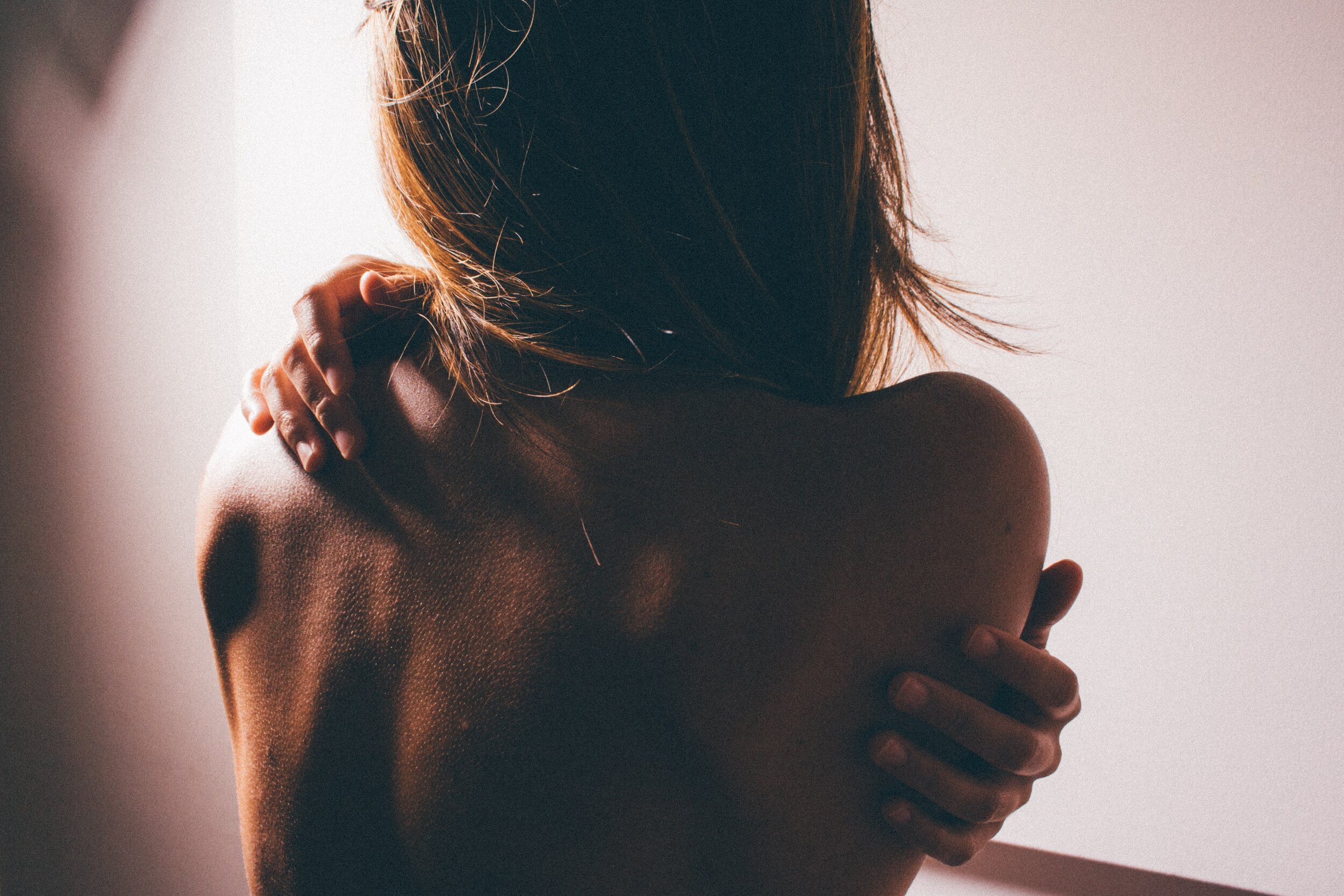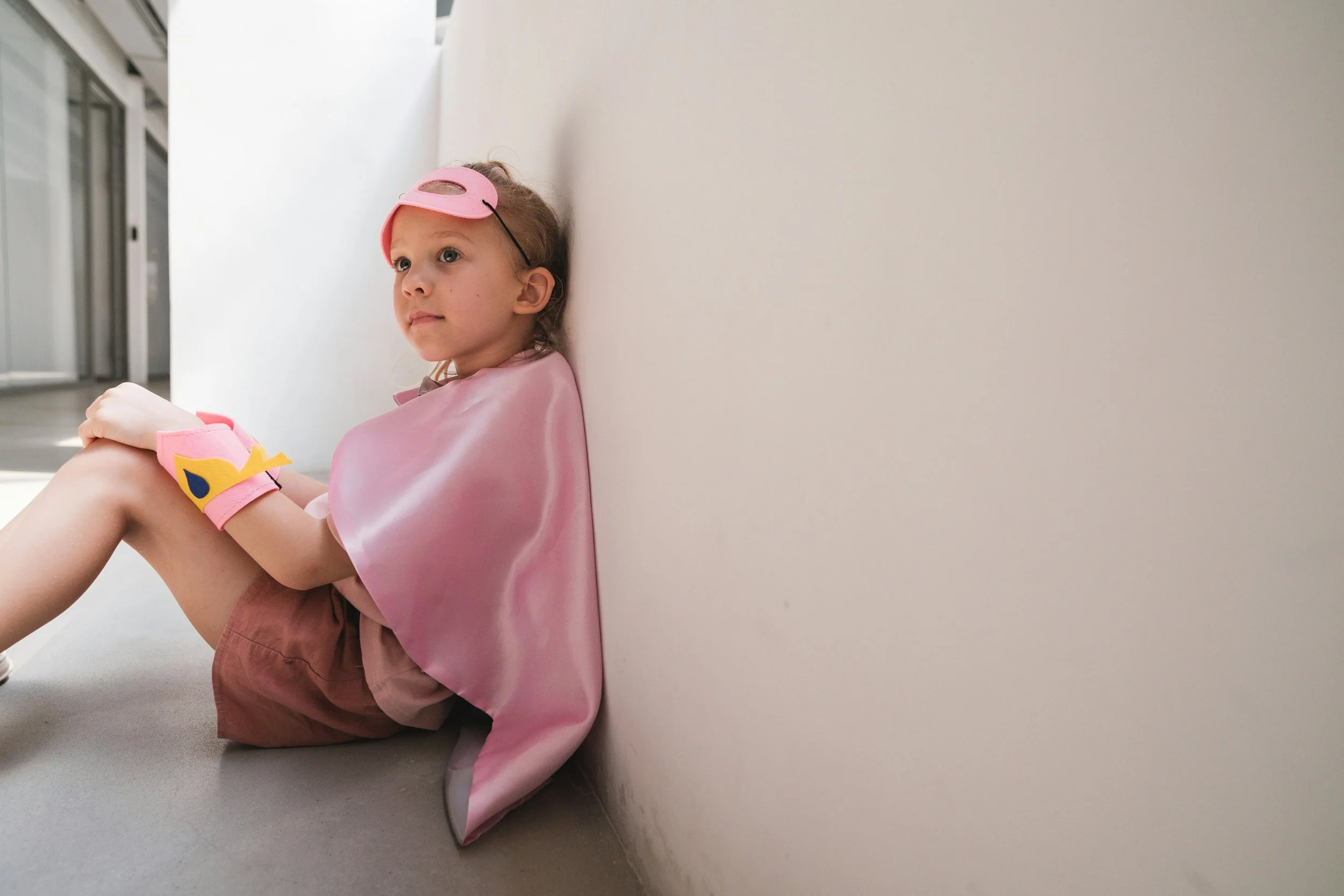The Ultimate Guide to Moles
Following a summer of sunbathing in our gardens, it’s important to monitor our moles regularly to spot any differences, as well as keep an eye on any new ones that may appear.
We got in touch with skincare expert Dr Jinah Yoo, a consultant dermatologist at the UK’s leading skincare clinic sk:n, to give us her insight on the ins and outs of mole care answer so of the most commonly asked questions about moles.
What causes moles?
Moles are caused by skin cells that form in clusters, called, ‘melanocytes’, which produce the colour or pigment in your skin. Most moles develop in early childhood and up until the age of about 30, but some people develop moles later in life. Most moles are completely harmless, however the development of new moles can be linked to sun exposure. New moles or changes in existing moles can in some cases be a sign of skin cancer.
How can we protect our moles?
Exposing your moles to the sun leaves serious risk of melanoma developing. Firstly, ensure you always apply an adequate amount of sunscreen. I’d recommend you use at least an SPF30 sunscreen with a UVB and UVA protection star rating of 4 or 5. Sunscreen should be applied 15 to 30 minutes before going outside and should be reapplied every two hours when you are staying outdoors. It’s also a good idea to avoid direct sun exposure between 11am and 3pm on sunny days.
How often should we check our moles?
It is useful to take photos on your phone or camera, note down the measurement of your moles and compare every three to four months, especially if you have a large/dark moles. You should check against that to see if there are any new moles or if any of them have changed.
If you have several moles over your body and find it hard to keep track of their size and shape, Mole Mapping, which is offered in some clinics, is a useful way of ensuring you don’t miss any potentially harmful developments. It involves having several digital full body photographs taken, which can later be compared to spot any signs of malignant melanoma, a common form of skin cancer.
How do you check if your moles have changed?
Looking for any changes in colour, shape or size is recommended. Warning signs for cancerous changes from existing or new moles or freckles can be easily remembered using the ABCDE rule outlined below:
Asymmetry – look for irregular asymmetrical shapes
Border – any irregular or blurred edges to your moles
Colour – colour changes: uneven colour with different shades of black, brown or pink
Diameter – any rapid changes in size. Most melanomas are at least 6mm
Evolving – when a mole changes in size, shape or colour, or begins to bleed or scab
Are moles dangerous?
Most moles are harmless. However, if you notice any of the symptoms from the ABCDE rule, then it’s important you go to a doctor or dermatologist immediately to get them checked.
What mole removal treatments are available?
There is three main type of treatments available depending on the type of mole you have.
Laser removal
If your mole is small, you can have it removed with a specialised laser. Laser mole removal treatment uses targeted light energy to break down pigment in the mole.
Shave removal
Moles that protrude from the skin can be shaved away under local anaesthetic. This is usually done using a scalpel and is relatively straightforward and painless. You may see a pink mark on your skin where the mole was, but this will fade over time.
Excision removal
Some moles may need to be cut away via an excision. This procedure is performed under local anaesthetic and requires some stitches in the skin. A linear scar will be left, which tends to fade over time.
For more information on mole mapping or mole removal treatments visit : sknclinics.co.uk
























